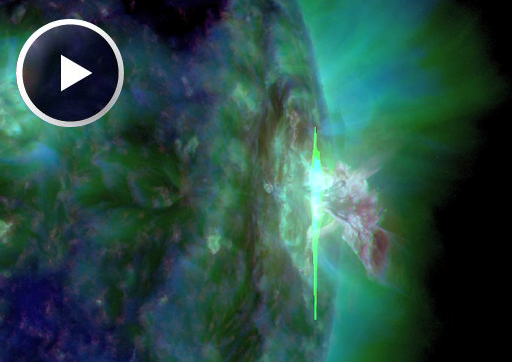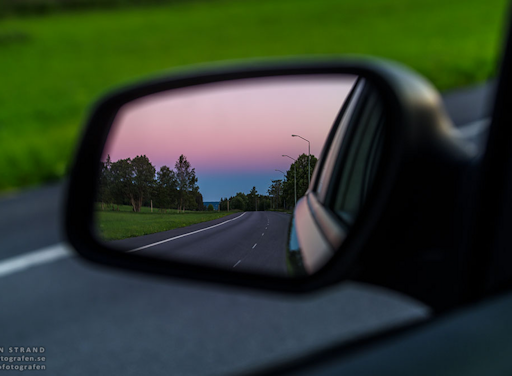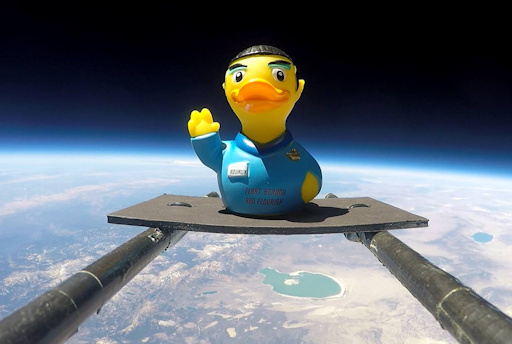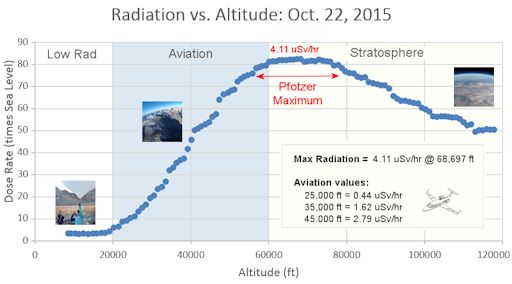It's waiting for you: The most successful Aurora Photo Tour on Earth! 100% success rate 4 years in a row and winner of the TripAdvisor Certificate of Excellence Award. Join LapplandMedia's aurora tours in Abisko, Swedish Lapland! | | | GEOMAGNETIC STORM: A minor G1-class geomagnetic storm is underway on July 24th as Earth passes through a fast-moving stream of solar wind. High-latitude sky watchers should be alert for auroras, especially in the southern hemisphere where dark winter skies favor visibility. Aurora alerts: text or voice STRONGEST FLARE OF 2016: Sunspot complex AR2565-AR2567 erupted on July 23rd, twice, producing two strong solar flares in quick succession. The first @ 0211 UT registered M5 on the Richter Scale of Flares. The second @ 0516 UT registered M7.6, making it the strongest flare of 2016 so far. NASA's Solar Dynamics Observatory recorded the blast: 
Pulses of radiation from the two flares ionized the top of Earth's atmosphere, causing a blackout of shortwave radio transmissions over the Pacific side of Earth. These maps from NOAA show the frequencies and territories affected. People who might have noticed the fading signals include ham radio operators, mariners and aviators. Update: The explosions hurled an impressive CME into space: movie. The body of the cloud will not hit Earth. However, Earth could experience a glancing blow from shock waves on the outskirts of the cloud ~2 days from now. This has prompted NOAA forecasters to issue a minor geomagnetic storm warning for July 26th. Aurora alerts: text or voice Realtime Space Weather Photo Gallery EARTH'S SHADOW AND THE BELT OF VENUS: The other day, Göran Strand of Östersund, Sweden, was driving toward the sunset when he happened to glance in the rearview mirror. This is what he saw: 
"As the sun was setting in the west, the shadow of Earth was rising behind me in the east," he says. "It is the navy-blue band just above the roadway." Think about it. When you go outside at night, you are standing inside Earth's shadow. As the sun sets, the shadow rises. That's what night is. "Above the blue shadow band you can also see a pink band commonly called the 'Belt of Venus,'" adds Strand. That is the transition zone between night and day. Many people stare at the sunset. But "as the sun is setting, you should always look behind you," advises Strand. "It is beautiful there, too." Realtime Space Weather Photo Gallery WHERE NO DUCK HAS GONE BEFORE: Yes, that really is a Vulcan rubber duck! The students of Earth to Sky Calculus flew the pointy-eared water bird to the stratosphere on July 19, 2016, as part of their ongoing program to monitor cosmic rays in the stratosphere. Here he is at the apex of the flight, 109,580 ft: 
"Mr Squawk" hitchhiked on a helium balloon payload that carried an array of X-ray/gamma-ray sensors. By launching these sensors 3 or 4 times a month, the students have shown that cosmic rays are intensifying--a trend that affects mountain climbers, air travelers, high-altitude drones and astronauts on the International Space Station. This research is crowd funded. Would you like to support it? Buy a duck! Edge of Space Vulcan Ducks are now available in the Earth to Sky Store. Realtime Space Weather Photo Gallery
Realtime Aurora Photo Gallery
Realtime Noctilucent Cloud Photo Gallery
Realtime Sprite Photo Gallery Every night, a network of NASA all-sky cameras scans the skies above the United States for meteoritic fireballs. Automated software maintained by NASA's Meteoroid Environment Office calculates their orbits, velocity, penetration depth in Earth's atmosphere and many other characteristics. Daily results are presented here on Spaceweather.com. On Jul. 24, 2016, the network reported 17 fireballs.
(15 sporadics, 1 Northern June Aquilid, 1 alpha Capricornid)  In this diagram of the inner solar system, all of the fireball orbits intersect at a single point--Earth. The orbits are color-coded by velocity, from slow (red) to fast (blue). [Larger image] [movies] Potentially Hazardous Asteroids ( PHAs) are space rocks larger than approximately 100m that can come closer to Earth than 0.05 AU. None of the known PHAs is on a collision course with our planet, although astronomers are finding new ones all the time. On July 24, 2016 there were potentially hazardous asteroids. Notes: LD means "Lunar Distance." 1 LD = 384,401 km, the distance between Earth and the Moon. 1 LD also equals 0.00256 AU. MAG is the visual magnitude of the asteroid on the date of closest approach. | | Cosmic Rays in the Atmosphere | | Situation Report -- Oct. 30, 2015 | Stratospheric Radiation (+37o N) | | Cosmic ray levels are elevated (+6.1% above the Space Age median). The trend is flat. Cosmic ray levels have increased +0% in the past month. | | Sept. 06: 4.14 uSv/hr (414 uRad/hr) | | Sept. 12: 4.09 uSv/hr (409 uRad/hr) | | Sept. 23: 4.12 uSv/hr (412 uRad/hr) | | Sept. 25: 4.16 uSv/hr (416 uRad/hr) | | Sept. 27: 4.13 uSv/hr (413 uRad/hr) | | Oct. 11: 4.02 uSv/hr (402 uRad/hr) | | Oct. 22: 4.11 uSv/hr (411 uRad/hr) | These measurements are based on regular space weather balloon flights: learn more. Approximately once a week, Spaceweather.com and the students of Earth to Sky Calculus fly "space weather balloons" to the stratosphere over California. These balloons are equipped with radiation sensors that detect cosmic rays, a surprisingly "down to Earth" form of space weather. Cosmic rays can seed clouds, trigger lightning, and penetrate commercial airplanes. Our measurements show that someone flying back and forth across the continental USA, just once, can absorb as much ionizing radiation as 2 to 5 dental X-rays. For example, here is the data from a flight on Oct. 22, 2015: 
Radiation levels peak at the entrance to the stratosphere in a broad region called the "Pfotzer Maximum." This peak is named after physicist George Pfotzer who discovered it using balloons and Geiger tubes in the 1930s. Radiation levels there are more than 80x sea level. Note that the bottom of the Pfotzer Maximim is near 55,000 ft. This means that some high-flying aircraft are not far from the zone of maximum radiation. Indeed, according to the Oct 22th measurements, a plane flying at 45,000 feet is exposed to 2.79 uSv/hr. At that rate, a passenger would absorb about one dental X-ray's worth of radiation in about 5 hours. The radiation sensors onboard our helium balloons detect X-rays and gamma-rays in the energy range 10 keV to 20 MeV. These energies span the range of medical X-ray machines and airport security scanners. | | The official U.S. government space weather bureau | | | The first place to look for information about sundogs, pillars, rainbows and related phenomena. | | | Researchers call it a "Hubble for the sun." SDO is the most advanced solar observatory ever. | | | 3D views of the sun from NASA's Solar and Terrestrial Relations Observatory | | | Realtime and archival images of the Sun from SOHO. | | | from the NOAA Space Environment Center | | | the underlying science of space weather |  | Tobi -- Proud Supporter of Space Education! |  | Claim your tax refund with this UK tax rebate company and get back your overpaid tax. |  | Enjoy this fabulous range of leather sofas from a leader in the UK sofa manufacturer industry.. | | 
